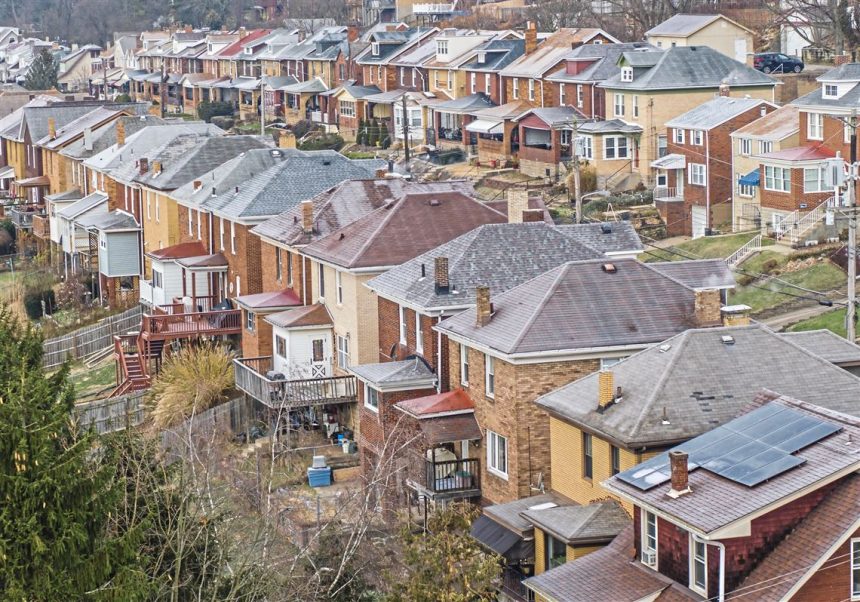The cost of living continues to be a major economic concern, particularly housing.
Rapid increases in home prices combined with higher mortgage rates since the pandemic have made homeownership increasingly challenging for many Americans.
The Trump administration proposed a 50-year mortgage to reduce monthly payments, but no easy solution exists for the nationwide affordability crisis.
Pittsburgh Offers Relative Relief
Housing remains more affordable in the Pittsburgh area compared to the national average. According to Realtor.com, the median home price in Pittsburgh is around $250,000, while nationally it exceeds $400,000. Local households earning the median income can afford more than half the homes on the market, making Pittsburgh the most affordable major U.S. metropolitan area relative to income.
Factors Reducing Affordability
Two major drivers have lowered housing affordability since the pandemic:
1. Rapid Increase in Home Prices: From May 2020 to September 2025, the median sale price of an existing home rose from $278,000 to $421,000 (National Association of Realtors).
2. Higher Mortgage Rates: The 30-year fixed mortgage rate peaked at 7.6% in late 2023, the highest in over 20 years. Rates have slightly decreased to 6.2%, still above the 20-year average of 4.8%.
The National Association of Realtors’ housing affordability index shows that, as of September, a household earning the median income could afford a home priced at 105% of the national median sale price, still near the lowest affordability in 20 years.
Challenges for First-Time Homebuyers
Affordability issues hit first-time buyers hardest. In 2024, they made up just 21% of the market, a record low. The median age of a first-time buyer rose to 40, up from 38 in 2023, reflecting difficulties in purchasing a home.
Tight inventories and limited new construction have kept prices high. Many homeowners bought or refinanced at historically low rates and are reluctant to move, further constraining supply.
Policy and Market Implications
Housing policy is mostly local, and construction is affected by tariffs, labor shortages, and regulatory constraints. Lower mortgage rates could improve affordability but may accelerate price growth, offsetting the benefits.
A long-term solution requires increased residential construction to meet demand and stabilize prices. Over time, as homebuilding expands and the market normalizes post-pandemic, housing affordability is expected to improve gradually.



